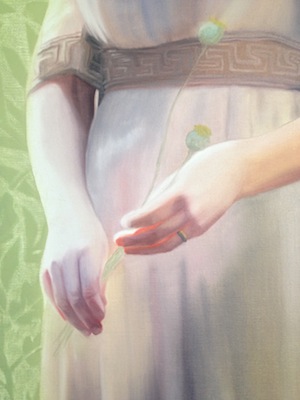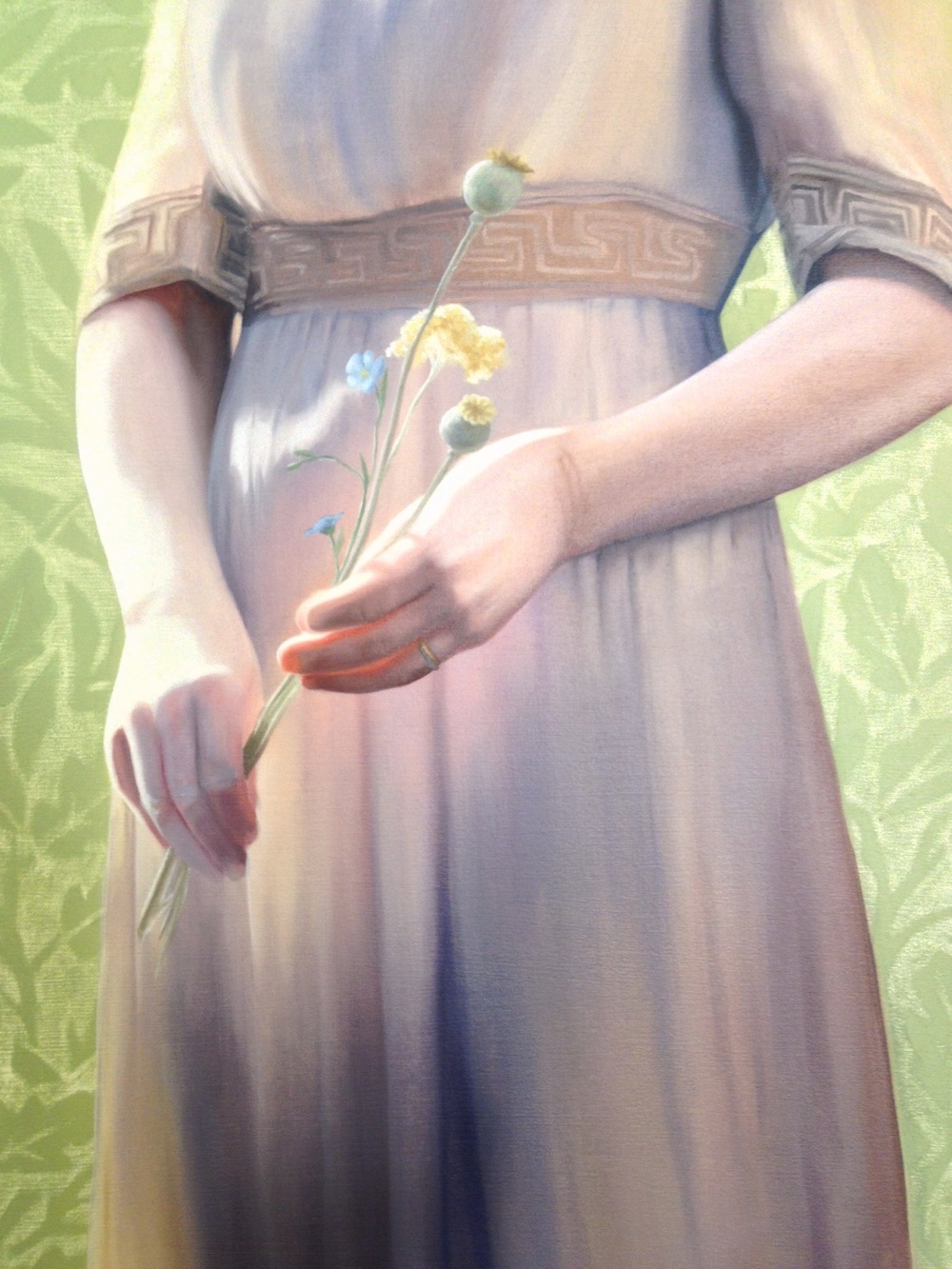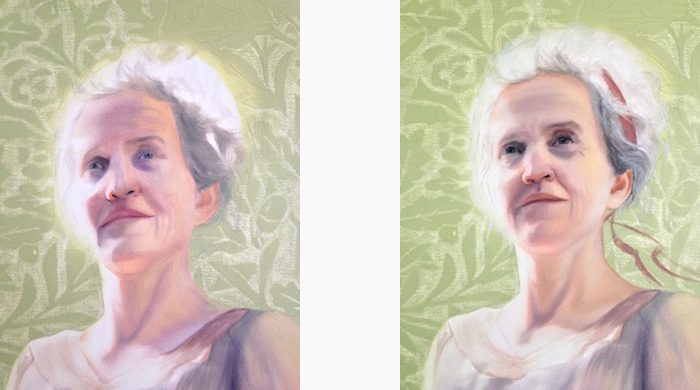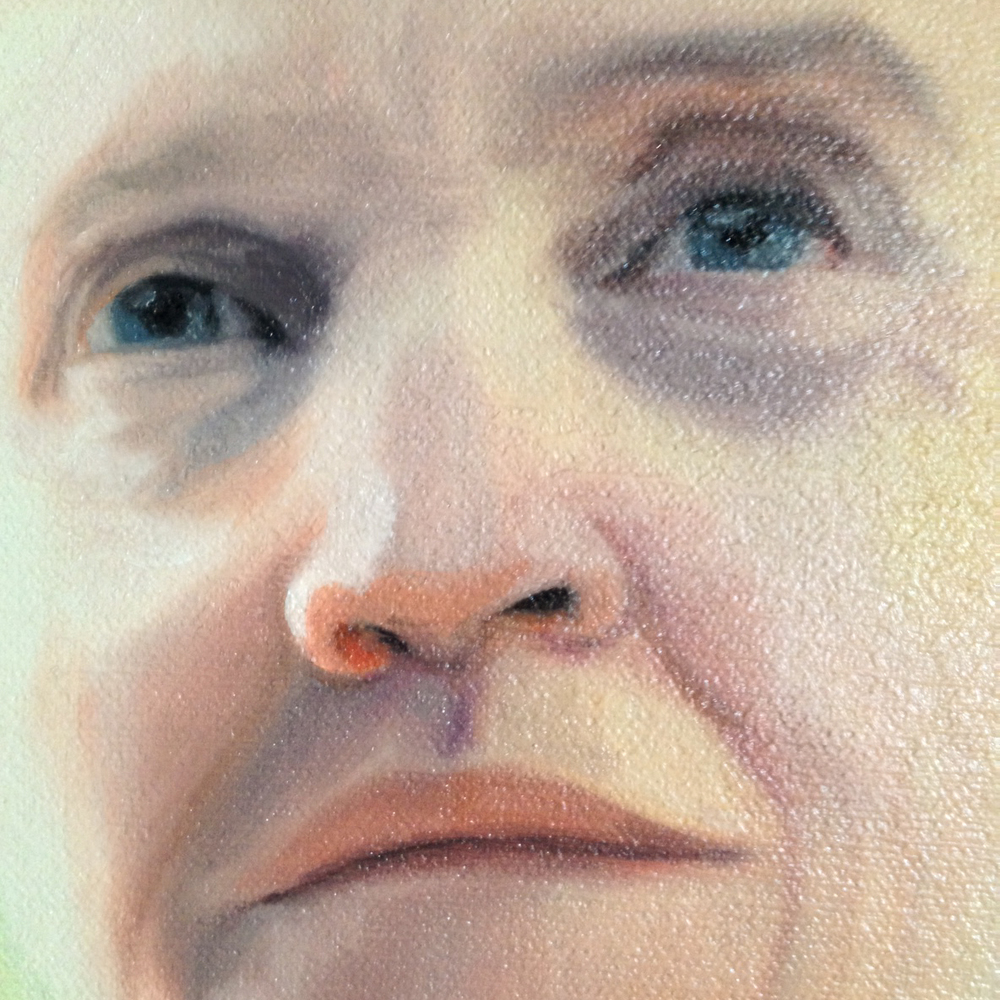Work continues in my Mythography series, and new images, as well as a new statement, will be posted over the coming weeks. Currently four are finished, three are in progress, and two more are planned but, although conversations have been had and ideas have been swirling and taking root for months now, I've not yet done the photography or visual planning for them.
In the meantime, several friends and fellow students have asked me about the origin of the wallpaper-patterned backgrounds in the Mythography images, and here is the answer that I have to give:
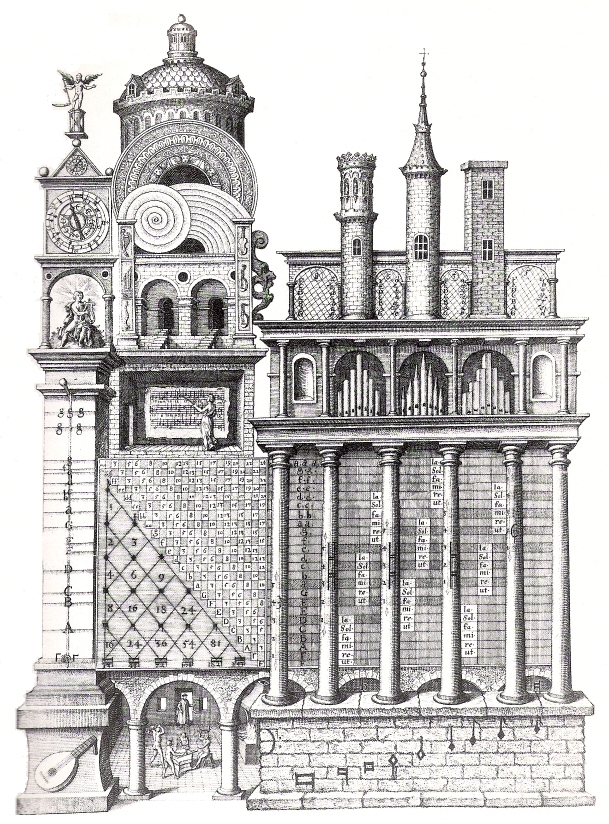
As usual, it all comes back to history.
The topic of both my undergraduate thesis and my Master's dissertation was a delightfuly odd 17th Century alchemist/philosopher by the name of Robert Fludd. He took it upon himself, in his middle-age, to write a massive, two-volume history of the universe and everything in it (some brave soul has archived the entire thing here). One of the topics he took up was the art of memory, and in reading about his thoughts on 'The Art of Memory,' I came across the idea of the "Mental Palace" for the first time.
Basically, the mental palace is a memory technique in which various items or ideas you'd like to remember are systematically visualized within and linked with rooms in an imagined 'palace,' which could be an actual palace, a house, a garden, or some other architectural space with different rooms. (The general concept was recently used in an episode of the BBC's {fantastic} series Sherlock, though there it was called a 'Mind Palace,' and there were no specific architectural visuals associated with the memories...) The image at left is one that Fludd's engraver made of his conception of a Memory Palace for recalling various musical theories.
In thinking about what would tie the images in this series together - beyond the common theme of fairytales and mythology - I came to think of all the figures as existing within a sort of collective Memory Palace. Though we all have our own responses to certain stories, what is immensely powerful about myth and fairytale is that they are the stories that we have in common - the stories we all know. I loved the idea that all of these rich and varied characters could exist within a single architectural space, brought together within the mind of the mythographer. I was delighted to imagine that Beauty could wander down the hall and up a spiral staircase to converse with Psyche, or that two versions of myself, drawn from different stories, could meet each other and trade secrets in some quiet alcove.
And if I had a mental palace to furnish, with uncountable rooms all waiting to yield up their stories, it would certainly be wallpapered all in William Morris's designs.
The use of his patterns across all the pieces in this series serves, I hope, to unify them visually, as well as to tie them back to a historical tradition in which it was essential for art to be both beautiful and useful.


